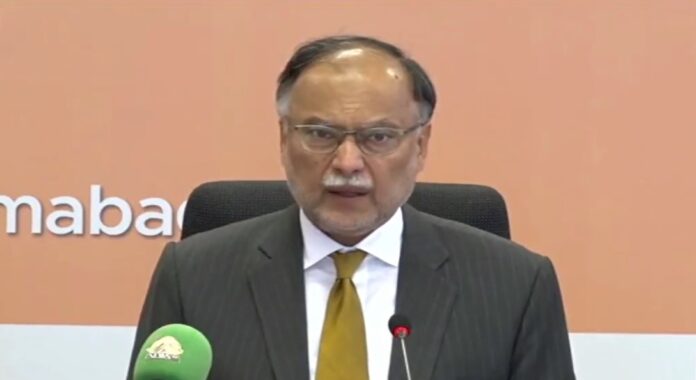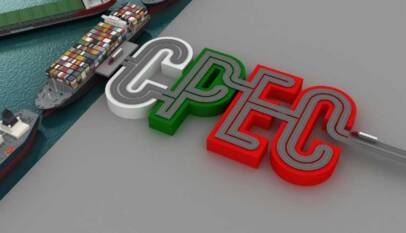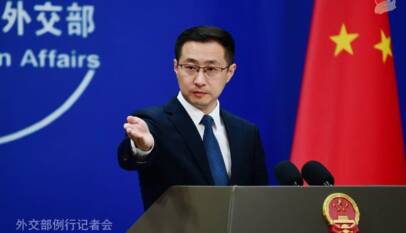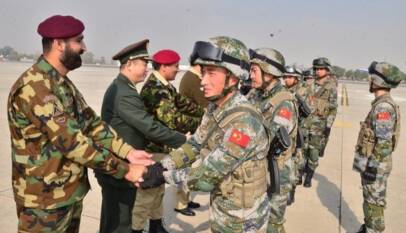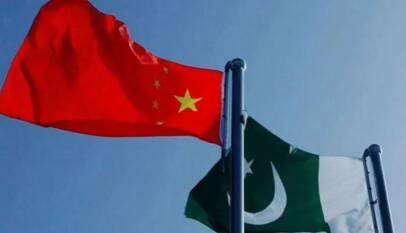CPEC has transformational impact on socio-economic landscape in Pakistan: Ahsan Iqbal
Former Minister for Planning and Special Initiative, Ahsan Iqbal, highlights the transformative impact of the China-Pakistan Economic Corridor (CPEC), a key project of China’s Belt and Road Initiative. Initiated in 2013, CPEC alleviated Pakistan’s energy crisis by attracting over $25 billion in investment, modernizing infrastructure, and generating over 8,000 megawatts of new power. The improved energy situation led to enhanced agricultural and industrial outputs, reducing unemployment and poverty. Ahsan Iqbal emphasizes the inclusivity of CPEC, with nine special economic zones benefiting various regions. He sees CPEC as a game changer for Pakistan, fostering regional cooperation and envisioning economic prosperity for South Asia, China, Central Asia, and the Middle East through connectivity. To sustain progress, he stresses the importance of a peaceful environment, policy continuity, and efforts to attract foreign investment, addressing concerns about the debt burden by noting that CPEC investments were largely at concessional rates.
CPEC’s Success Story: $25 Billion Invested Across 38 Completed Projects
ISLAMABAD: A total of 38 projects worth over $25 billion have been completed and 23 develo…



